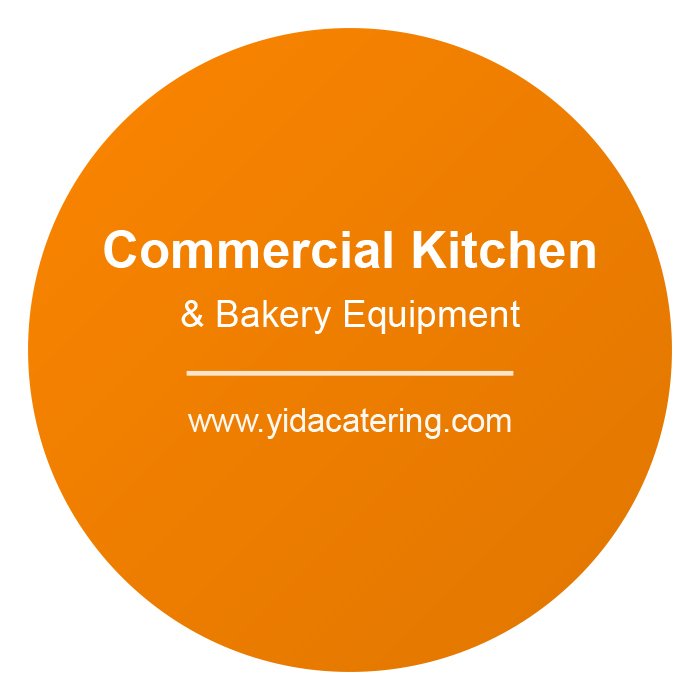When it comes to running a successful restaurant, the quality of your food is paramount. For pizzerias, the pizza oven is the heart of the operation. A well-chosen pizza oven can significantly enhance the flavor, texture, and overall quality of your pizzas, leading to satisfied customers and repeat business. This guide will help you navigate the key factors to consider when selecting the perfect pizza oven for your restaurant.
1. Understand the Different Types of Pizza Ovens
Before making a decision, it’s essential to familiarize yourself with the various types of pizza ovens available. Each type has its unique features, benefits, and ideal usage scenarios.
a. Wood-Fired Ovens
Wood-fired ovens are traditional and highly regarded for their ability to produce pizzas with a distinct smoky flavor. They reach high temperatures, allowing for quick cooking times and perfectly charred crusts. However, they require more space and a skilled operator to manage the fire and temperature.
b. Gas Ovens
Gas ovens are popular for their convenience and efficiency. They heat up quickly and maintain consistent temperatures, making them ideal for busy restaurants. Many models come with stone or ceramic cooking surfaces to replicate the effects of a wood-fired oven. They can achieve high temperatures comparable to those of wood-fired ovens, providing excellent results for pizza cooking.
c. Electric Ovens
Electric ovens are known for their ease of use and often come with programmable settings. They are suitable for smaller establishments or those looking for a more straightforward operation. While they may not reach the same high temperatures as gas or wood-fired ovens, many modern electric models are capable of producing excellent pizzas with good crust quality.
d. Conveyor Ovens
Conveyor ovens are designed for high-volume production. Pizzas are placed on a conveyor belt that moves through the oven, ensuring even cooking. These ovens are efficient and can handle large orders, making them ideal for fast-paced environments.
2. Consider Your Space and Layout
The layout of your kitchen plays a crucial role in determining the type of pizza oven you can accommodate. Here are some factors to keep in mind:
a. Available Space
Measure the area where you plan to install the oven. Consider not only the dimensions of the oven but also the space needed for ventilation, access, and maintenance.
b. Kitchen Workflow
Think about how the pizza oven will fit into your overall kitchen workflow. The oven should be easily accessible to staff who will be preparing and cooking pizzas. A well-planned layout can improve efficiency and reduce wait times for customers.
3. Assess Your Production Needs
Understanding your restaurant’s production capacity is vital when selecting a pizza oven. Consider the following:
a. Volume of Pizzas
Estimate the number of pizzas you expect to produce during peak hours. If your restaurant has a high turnover, you may need a larger oven or multiple units to keep up with demand.
b. Menu Variety
If your menu includes different types of pizzas or other baked goods, ensure that your chosen oven can handle various cooking requirements. Some ovens are more versatile than others, allowing you to expand your menu without needing additional equipment.
4. Evaluate Energy Efficiency
Energy costs can significantly impact your restaurant’s bottom line. When choosing a pizza oven, consider its energy efficiency. Here are some tips:
a. Look for Energy Ratings
Many ovens come with energy ratings that indicate their efficiency. Opt for models that are designed to minimize energy consumption while maintaining high performance.
b. Consider Fuel Type
The type of fuel used can affect both performance and operating costs. Gas ovens may be more cost-effective in the long run compared to electric models, depending on local energy prices.
5. Explore Features and Technology
Modern pizza ovens come equipped with various features that enhance usability and cooking quality. Some important features to consider include:
a. Temperature Control
Accurate temperature control is crucial for achieving the perfect crust. Look for ovens with adjustable temperature settings and built-in thermometers for precise monitoring.
b. Cooking Surface
The material of the cooking surface can influence the quality of the pizza. Stone and ceramic surfaces are preferred for their ability to retain heat and create a crispy crust.
c. Programmable Settings
Ovens with programmable settings can simplify operations, allowing staff to focus on other tasks. This feature is particularly useful during busy periods.
6. Maintenance and Cleaning
Regular maintenance is essential for keeping your pizza oven in top condition. Consider the following:
a. Ease of Cleaning
Choose an oven that is easy to clean and maintain. Removable parts and smooth surfaces can make the cleaning process more efficient.
b. Manufacturer Support
Research the manufacturer’s reputation for customer service and support. A reliable manufacturer can provide assistance with maintenance and repairs, ensuring your oven remains operational.
7. Budget Considerations
Finally, establish a budget for your pizza oven purchase. While it’s tempting to opt for the cheapest option, consider the long-term value of investing in a high-quality oven.
a. Initial Investment vs. Long-Term Costs
Evaluate the total cost of ownership, including energy consumption, maintenance, and potential repairs. Sometimes, spending more upfront can save money in the long run.
b. Financing Options
Many suppliers offer financing options to help manage the cost of purchasing new equipment. Explore these options to find a solution that fits your budget.
Conclusion
Choosing the perfect pizza oven for your restaurant is a critical decision that can significantly impact your operations and customer satisfaction. By understanding the different types of ovens, considering your space and production needs, evaluating energy efficiency, and exploring features, you can make an informed choice that meets your restaurant’s requirements. Remember that investing in a quality pizza oven is an investment in your restaurant’s success, helping you deliver delicious pizzas that keep customers coming back for more.

